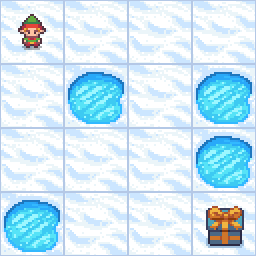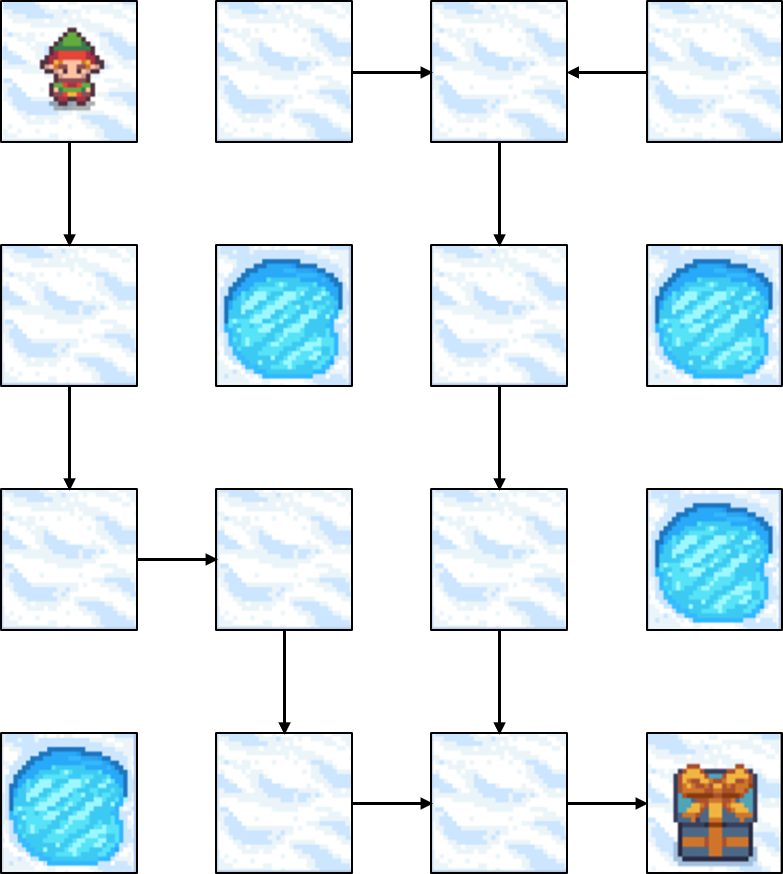Temporal difference learning
Reinforcement Learning with Gymnasium in Python

Fouad Trad
Machine Learning Engineer
TD learning vs. Monte Carlo
TD learning
- Model-free
- Estimate Q-table based on interaction
- Update Q-table each step within episode
- Suitable for tasks with long/indefinite episodes
Monte Carlo
- Model-free
- Estimate Q-table based on interaction
- Update Q-table when at least one episode done
- Suitable for short episodic tasks
TD learning as weather forecasting

SARSA
- TD algorithm
- On-policy method: adjusts strategy based on taken actions

SARSA update rule

- $\alpha$: learning rate
- $\gamma$: discount factor
- Both between 0 and 1
Frozen Lake

Initialization
env = gym.make("FrozenLake", is_slippery=False)num_states = env.observation_space.n num_actions = env.action_space.nQ = np.zeros((num_states, num_actions))alpha = 0.1 gamma = 1 num_episodes = 1000
SARSA loop
for episode in range(num_episodes):state, info = env.reset() action = env.action_space.sample()terminated = False while not terminated: next_state, reward, terminated, truncated, info = env.step(action)next_action = env.action_space.sample()update_q_table(state, action, reward, next_state, next_action)state, action = next_state, next_action
SARSA updates
def update_q_table(state, action, reward, next_state, next_action):old_value = Q[state, action]next_value = Q[next_state, next_action]Q[state, action] = (1 - alpha) * old_value + alpha * (reward + gamma * next_value)

Deriving the optimal policy
policy = get_policy()
print(policy)
{ 0: 1, 1: 2, 2: 1, 3: 0,
4: 1, 5: 0, 6: 1, 7: 0,
8: 2, 9: 1, 10: 1, 11: 0,
12: 0, 13: 2, 14: 2, 15: 0}

Let's practice!
Reinforcement Learning with Gymnasium in Python

